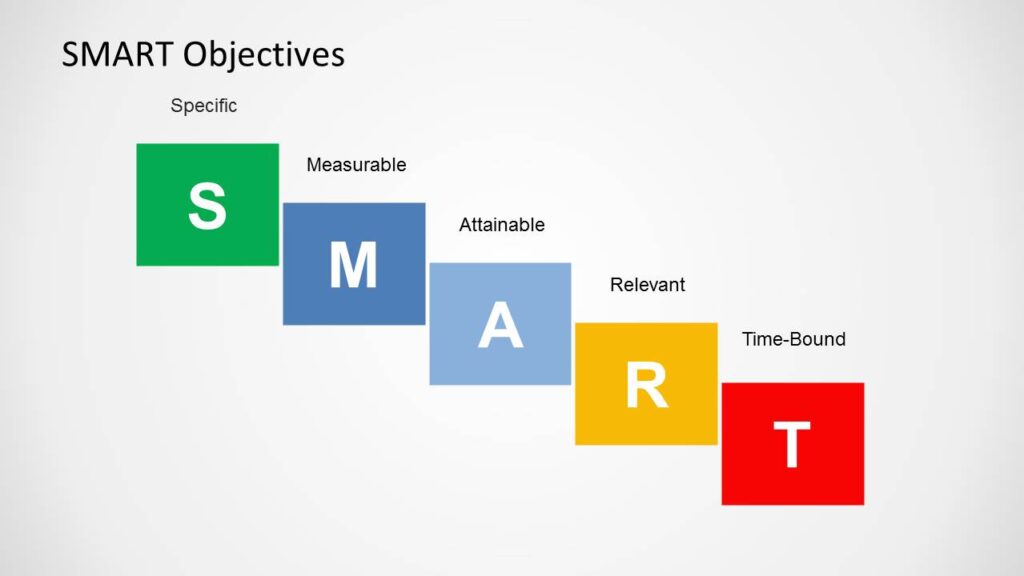In today’s modern environment, a successful digital marketing plan is essential to the success of your business.
Businesses that succeed online create and implement their digital marketing strategies. They are aware of the relevant channels to use to distribute their message to the suitable audience at the appropriate time.
At its core, a digital marketing strategy is the act of creating precise marketing objectives that advance the company through increases in net income. Goals that can be achieved through digital channels must be evaluated before developing a digital marketing plan.
Here are 5 powerful steps to implement an effective Digital Marketing Strategy:
Identify your target Audience:

The most crucial element of your digital marketing plan is this. You need to be aware of your target market’s internet habits and habits. Based on their hobbies, digital body language, where they live, what they do, and who they are, you must divide your present and potential consumers. This group of people ought to be the most likely to desire to purchase your goods and services.
Develop Buyer Personal:

Buyer personas are fictionalized representations of your ideal client. They aid marketers in developing content that speaks to the demands of their target audience and better understanding who they are. For various buyer personas, businesses can alter their messages, offerings, and content.
Conduct SWOT analysis:

Start with a SWOT analysis to decide your digital marketing approach. Strengths, Weaknesses, Opportunities, and Threats is referred to as SWOT analysis. Your company’s strengths and weaknesses are internal, whereas opportunities and weaknesses are external factors.
You may use a SWOT analysis to pinpoint areas of your business that are doing well or poorly. They will assist you in highlighting your company’s strengths and areas of competitive advantage.
Strengths
Strengths are internal elements that assist your firm in achieving its objectives. Sales, earnings, client loyalty, minimal staff turnover, and a wonderful environment to work are a few examples.
Opportunities
Opportunities are outside forces that now or in the future favourably affect a firm. Examples include new regulations, new government trade agreements, new legislation, or the elimination of tariffs.
Threats
Threats are outside forces that have a detrimental long- or short-term influence on a company. A change in labour markets, an increase in supply chain expenses, the entry of new rivals, or the development of new technology are a few examples.
Weaknesses
Internal problems known as weaknesses impede businesses from achieving their objectives. A bad go-to-market strategy, failing to comprehend their target market, a high number of customer complaints, a high rate of customer churn, or a poor distribution of resources across various internal divisions are a few examples.
Create SMART Business Goals:

A corporation may leverage its digital marketing strategy to promote successful business results and expansion by setting SMART business goals. Specific, Measurable, Attainable, Relevant, and Timely is also known as SMART.
They are intended to offer structure and establish standards that increase the likelihood of attaining objectives. With SMART objectives, you can monitor your progress and maintain your motivation while you carry out or put into action a digital marketing plan.
Specific
This section focuses on being explicit about what a business wants to do, who will be engaged to make it happen, why it’s important to accomplish it, and what will be needed to do it.
Measurable
Measurable involves keeping track of how well deadlines are being met in order to achieve the ultimate objective. It is important to assess how far along you are in reaching your objectives and to make sure they are realistic and doable.
Attainable
It’s important to assess the resources at hand and assess if the objectives can be met under the circumstances as they stand. Does a corporation have the abilities and resources necessary to carry out the strategy, or does anything need to change in order to succeed?
Relevant
Making sure the objectives are worthwhile and based on the present business climate is the key here. It entails concentrating on how the aims align with the larger corporate goals.
Timely
This has to do with how swiftly a business can advance toward the ultimate objective. To be successful, goals must have deadlines. It involves setting a realistic deadline for the objective’s completion and assessing if achieving the goal within the intended timeframe is indeed possible.
Determine your budget:

A limited amount of resources are available to businesses for use in digital marketing. The effectiveness of the digital marketing plan depends on choosing the right budget. The right quantity of money is essential for success.
Businesses must determine their realistic marketing budget in order for their strategies to be effective. Businesses need to decide which marketing strategies are feasible and reasonable. They must determine which channels require greater investment and which regions less investment.
According to our experts at Zero Gravity Photography the process of developing a digital marketing strategy involves five critical components. Establish buyer personas, a SWOT analysis, SMART business goals, and a budget after identifying your target market. Knowing how to create a plan will enable you to ascertain the most effective channels and methods for your business. Every business may benefit from digital marketing, and you can create a plan that will direct your efforts.







